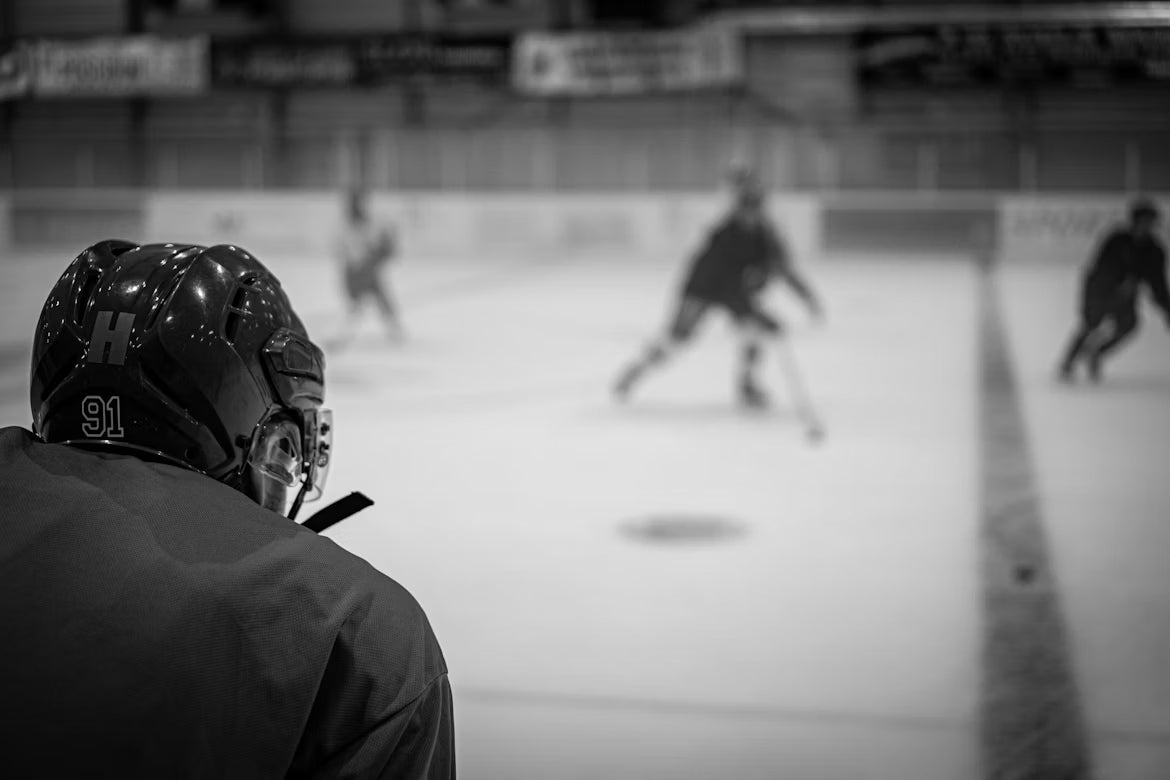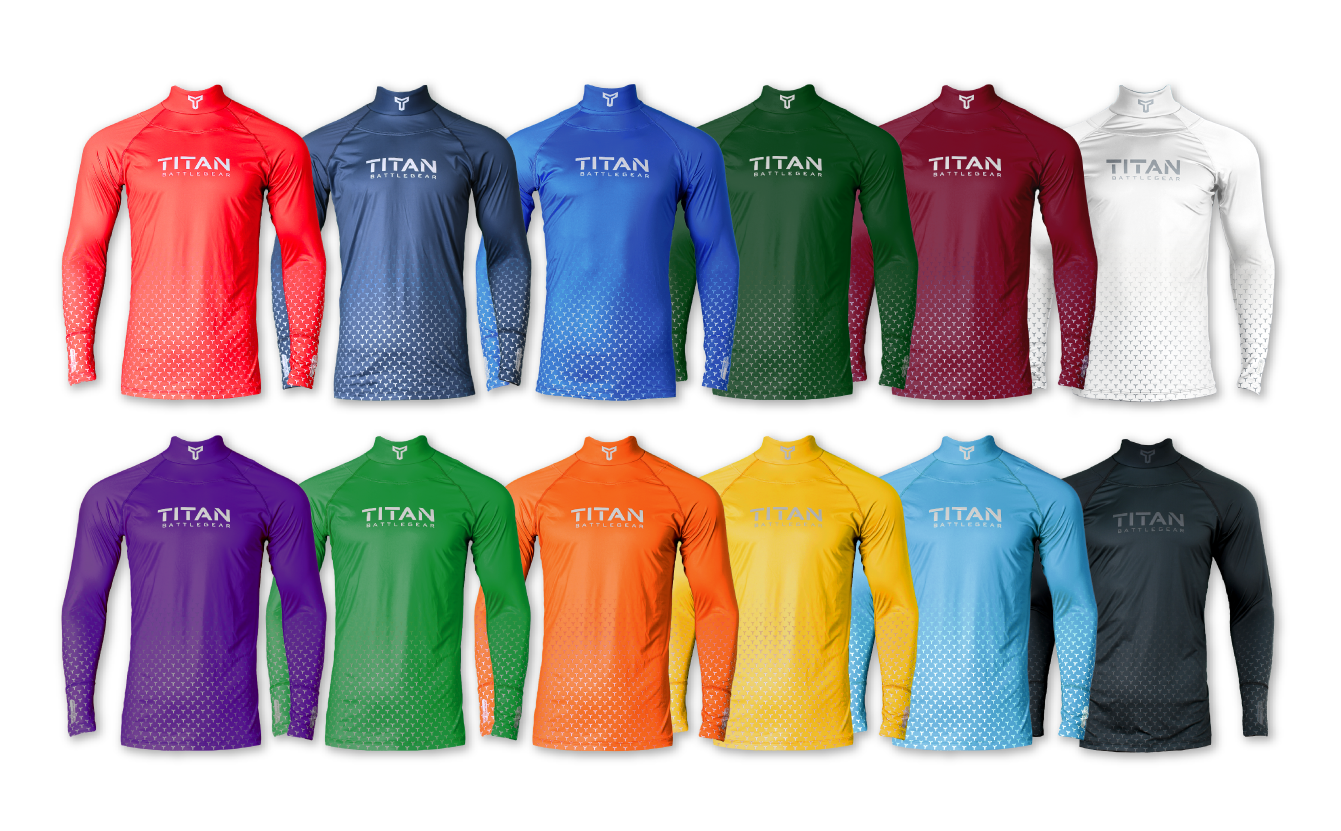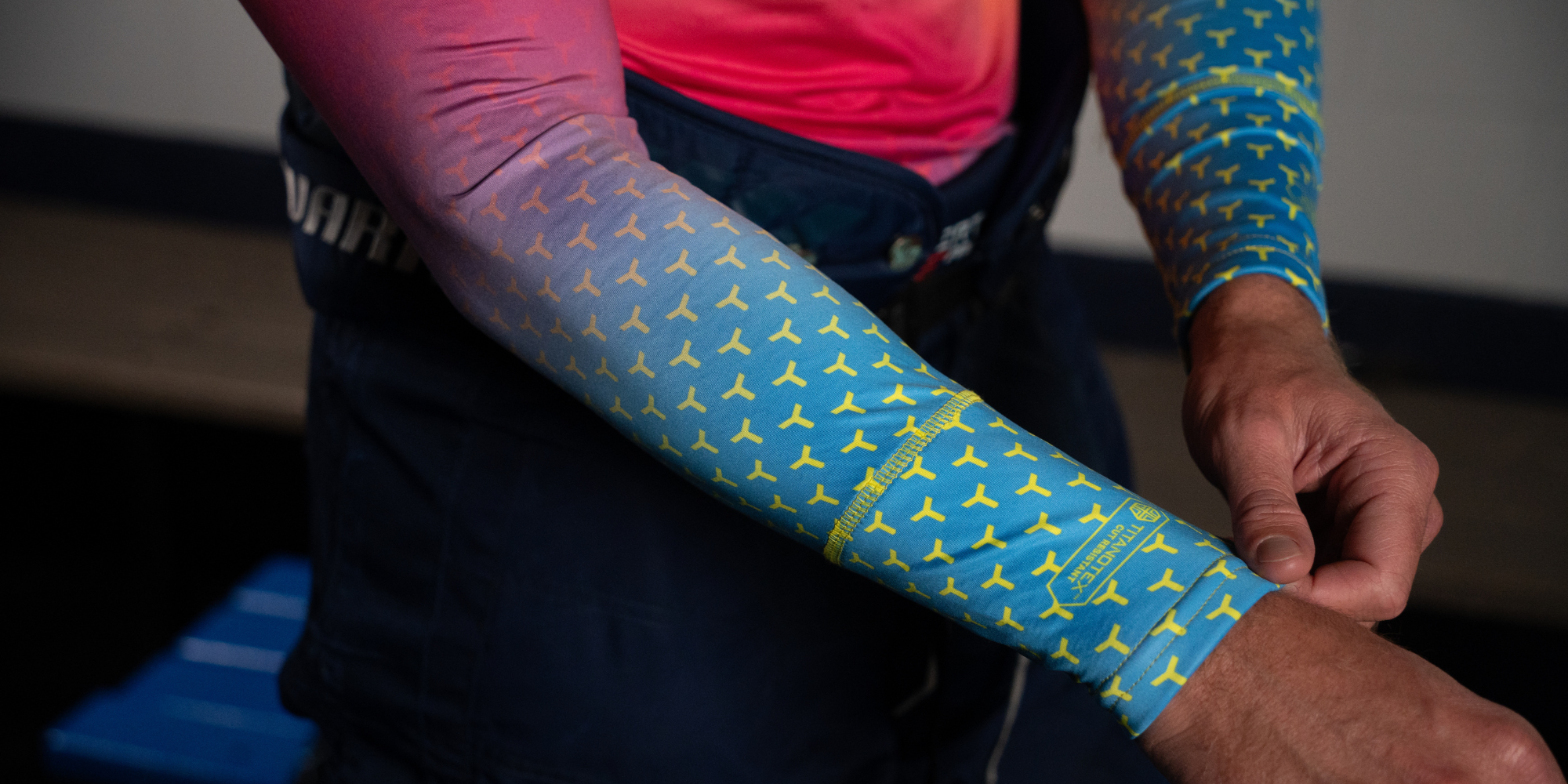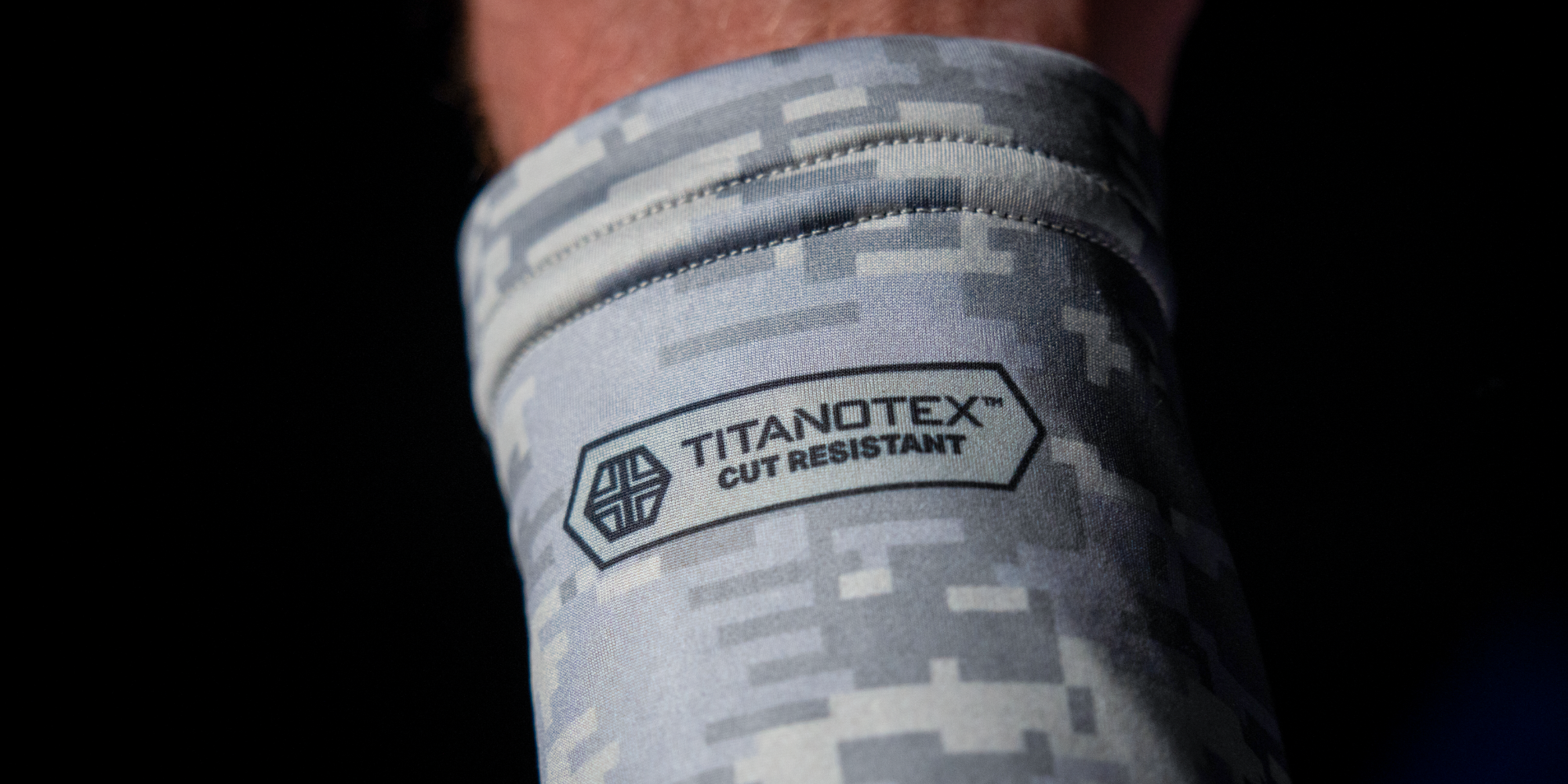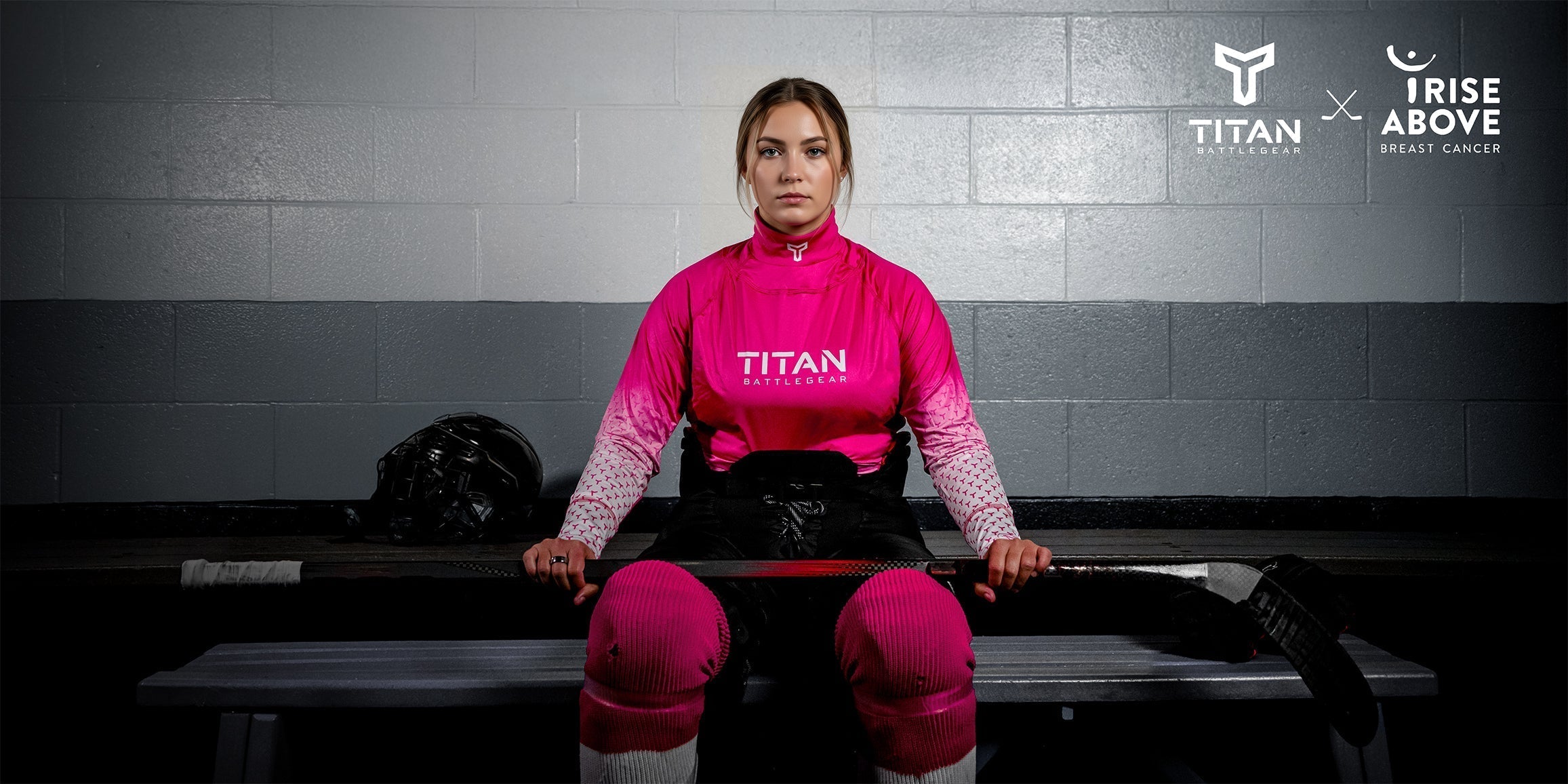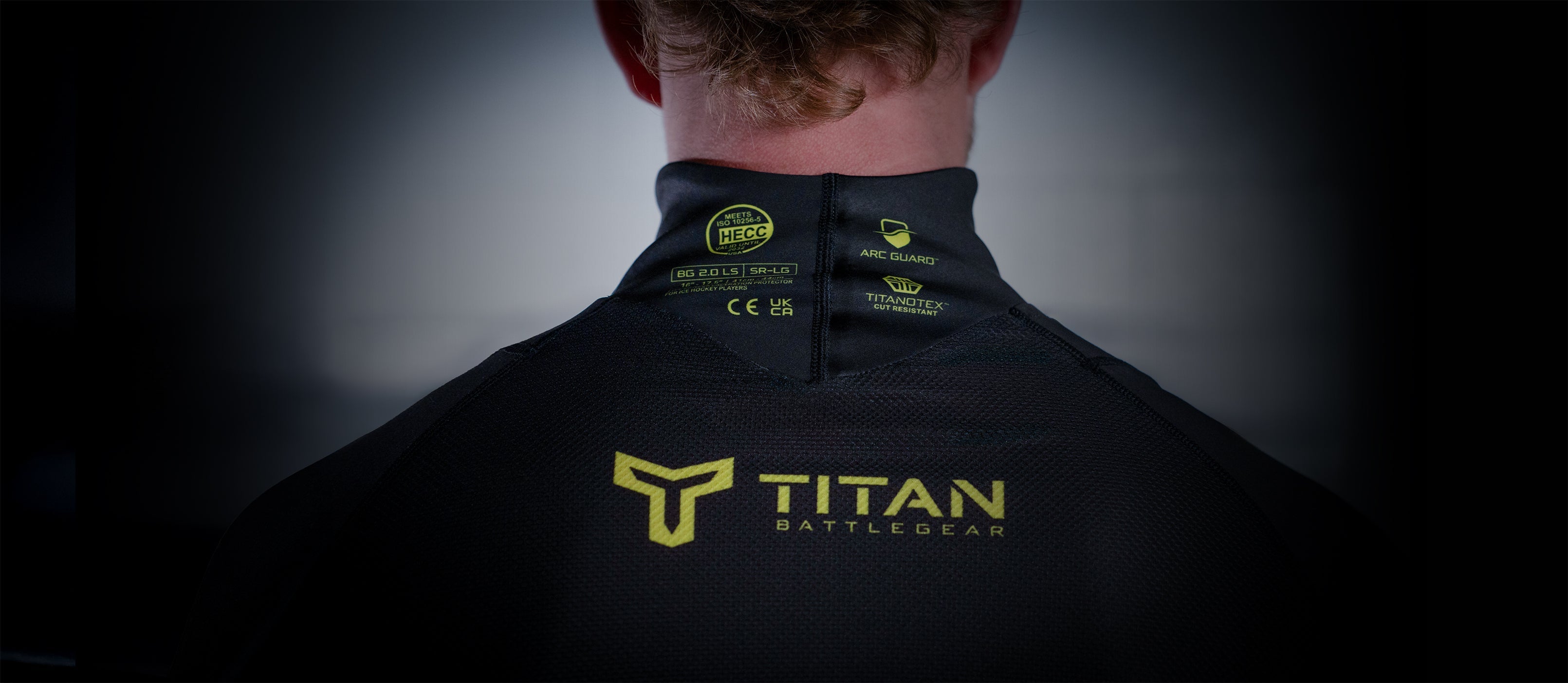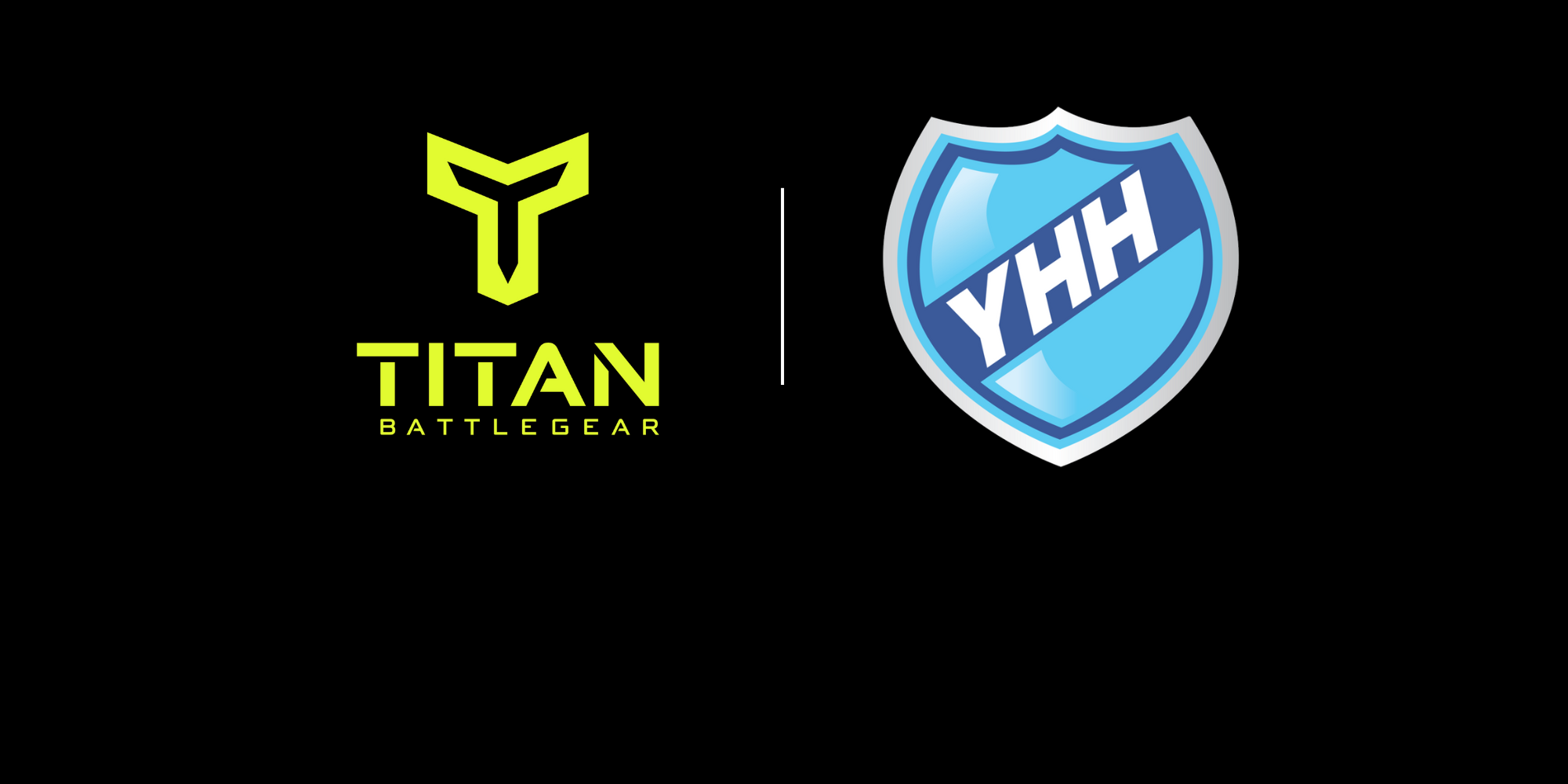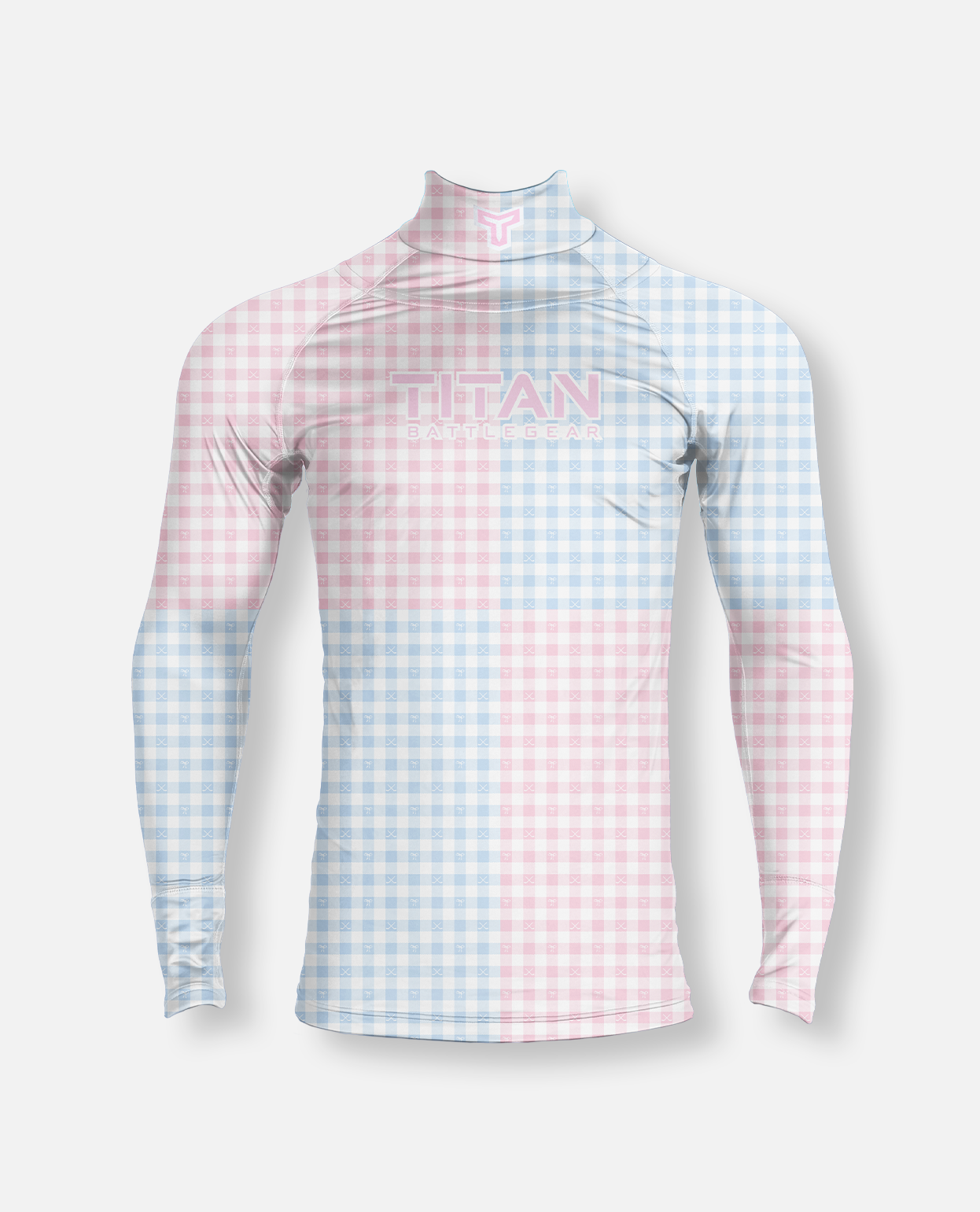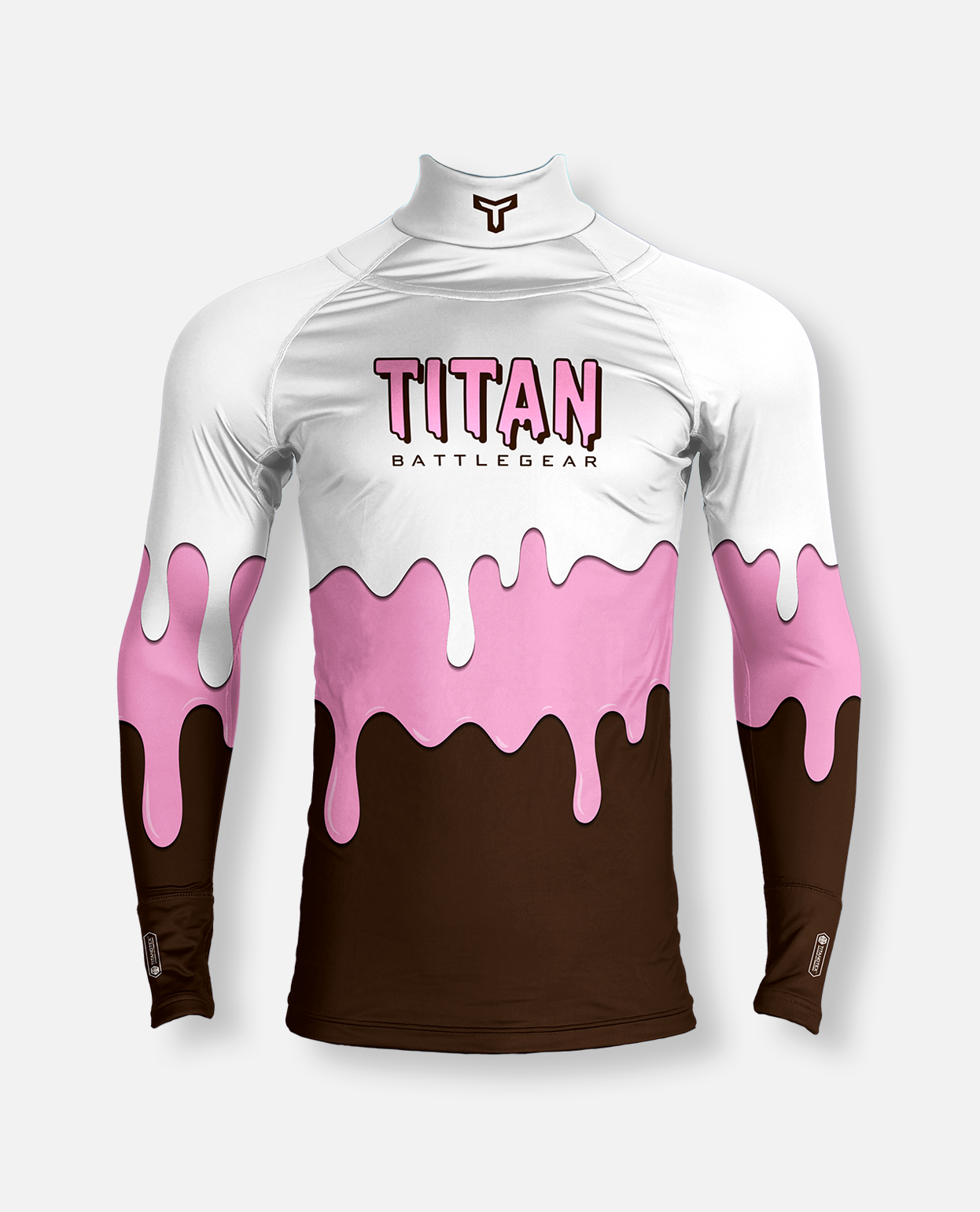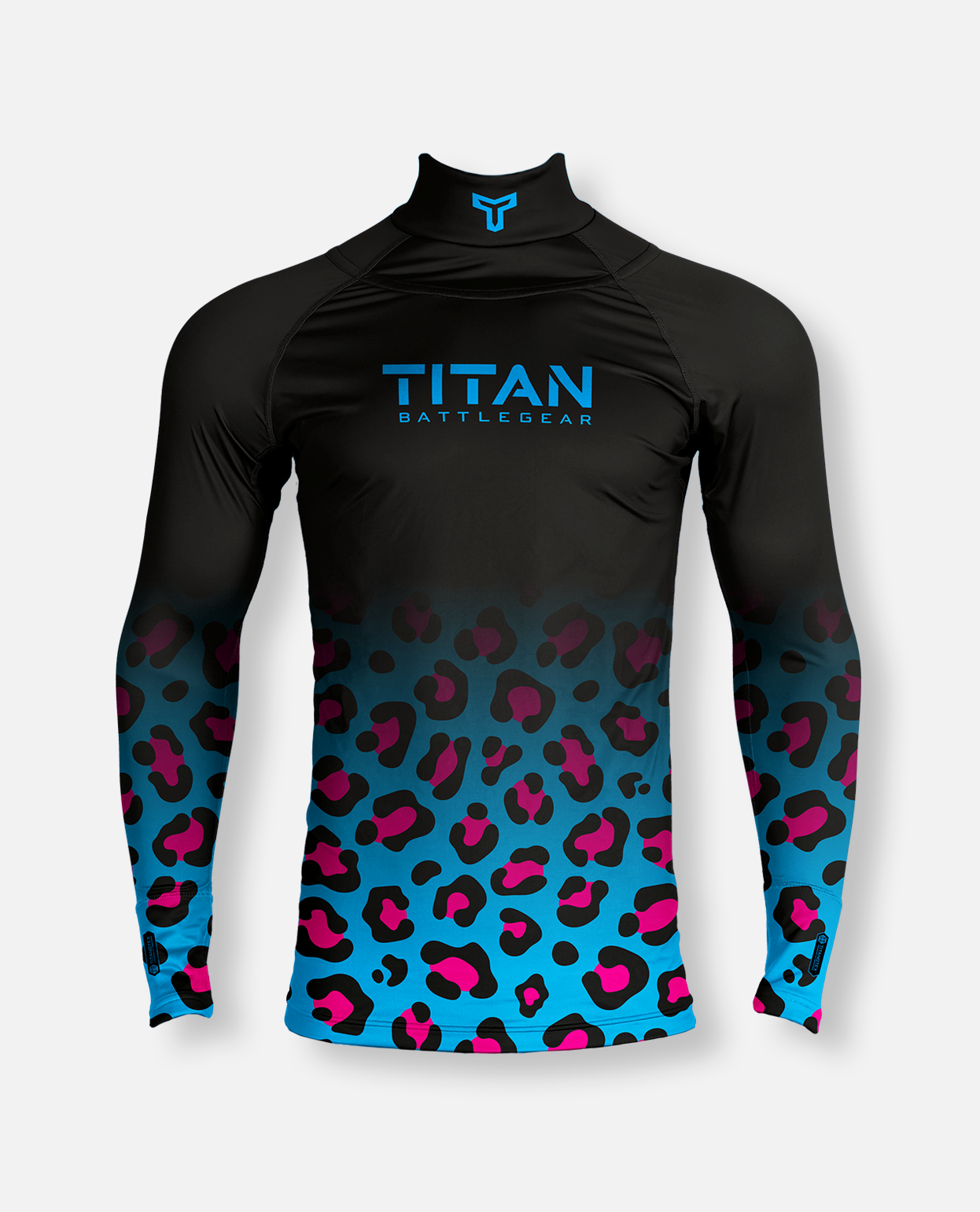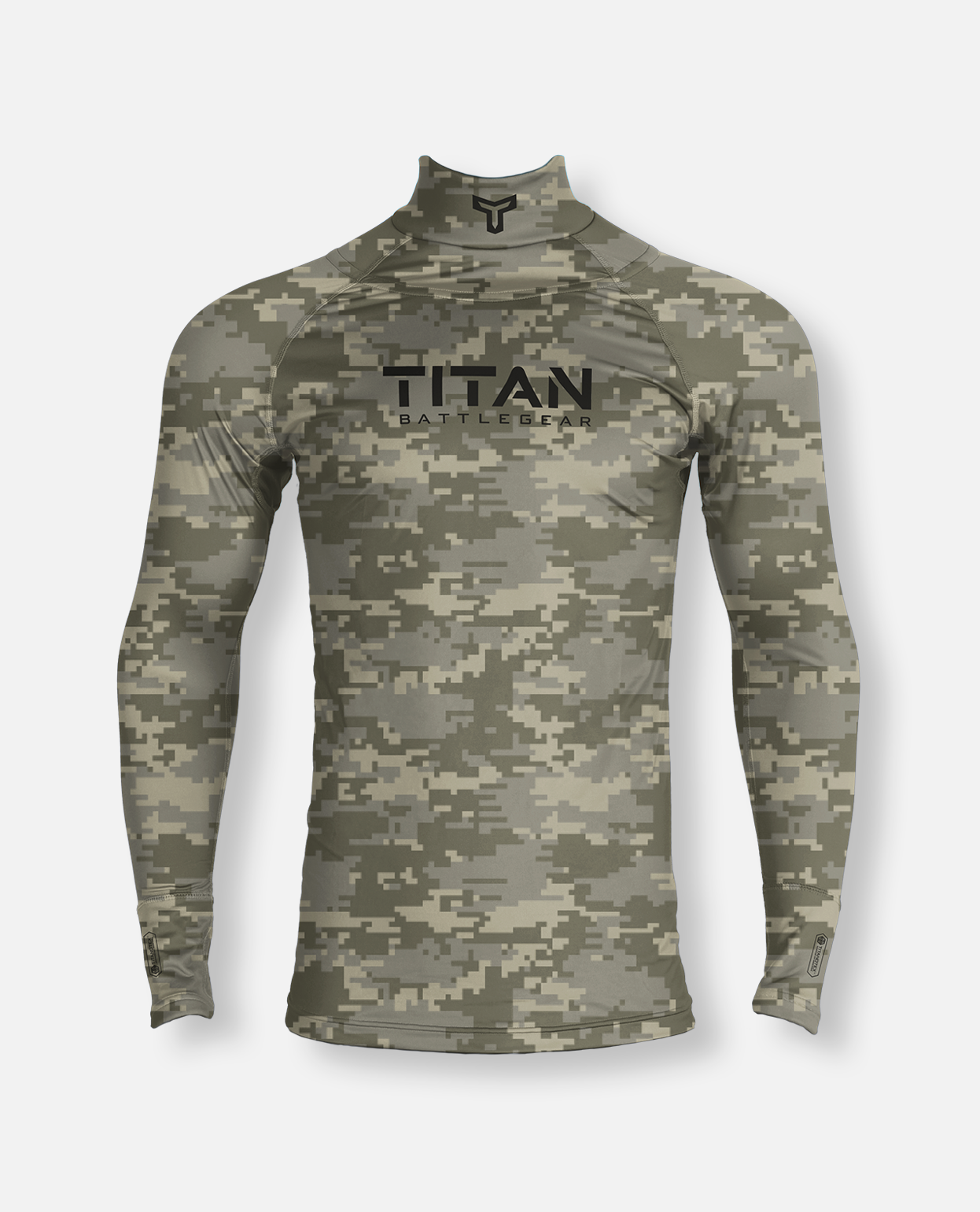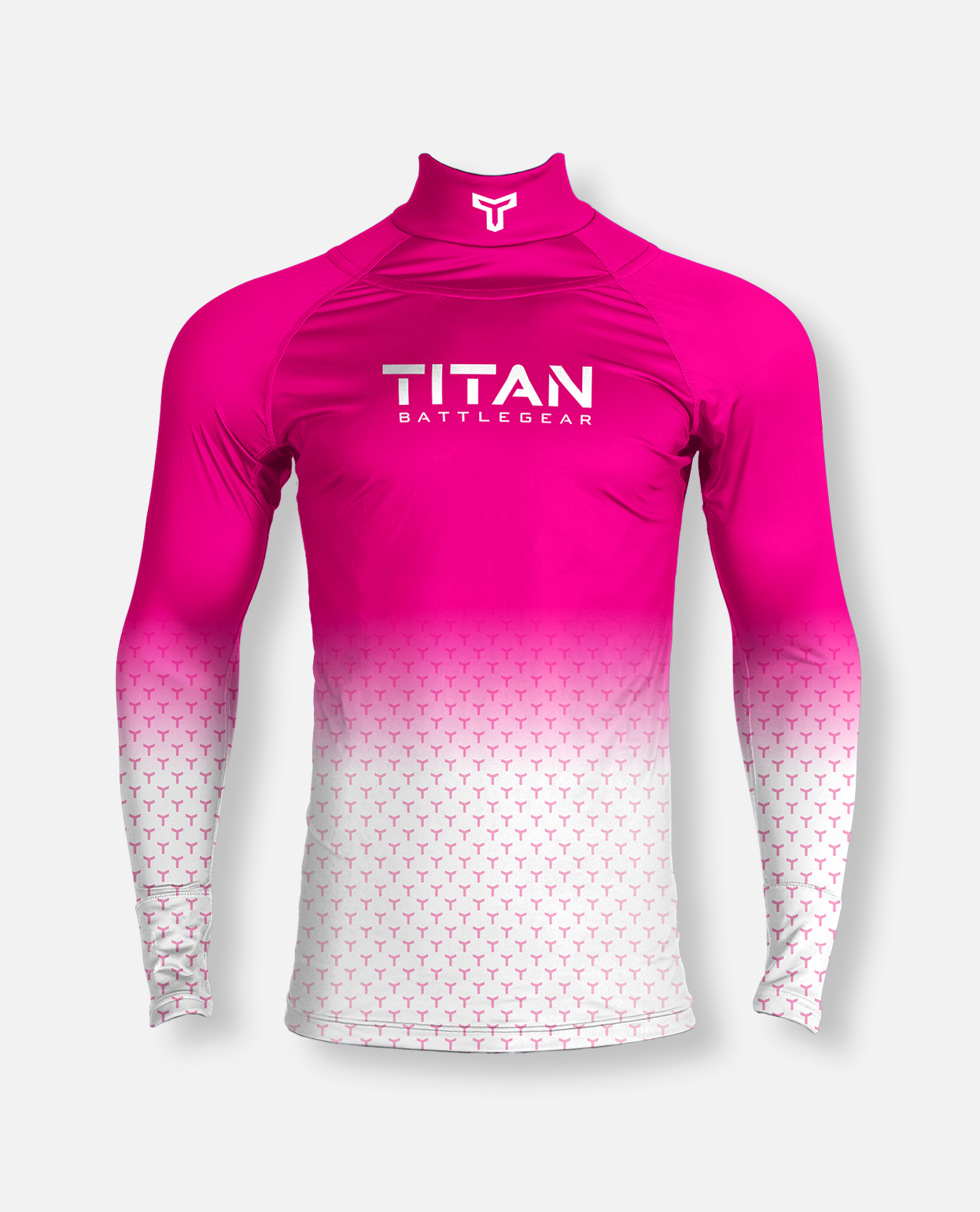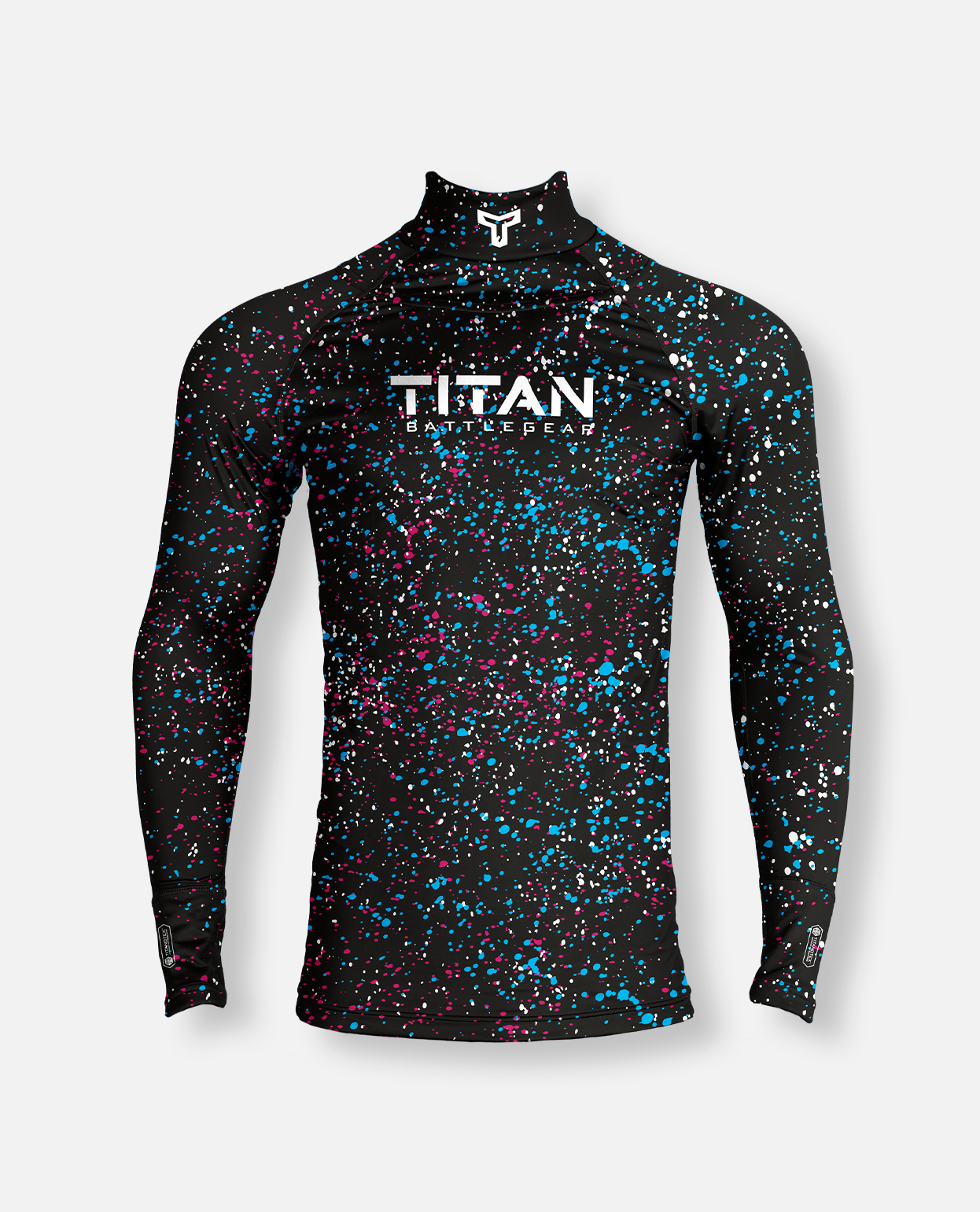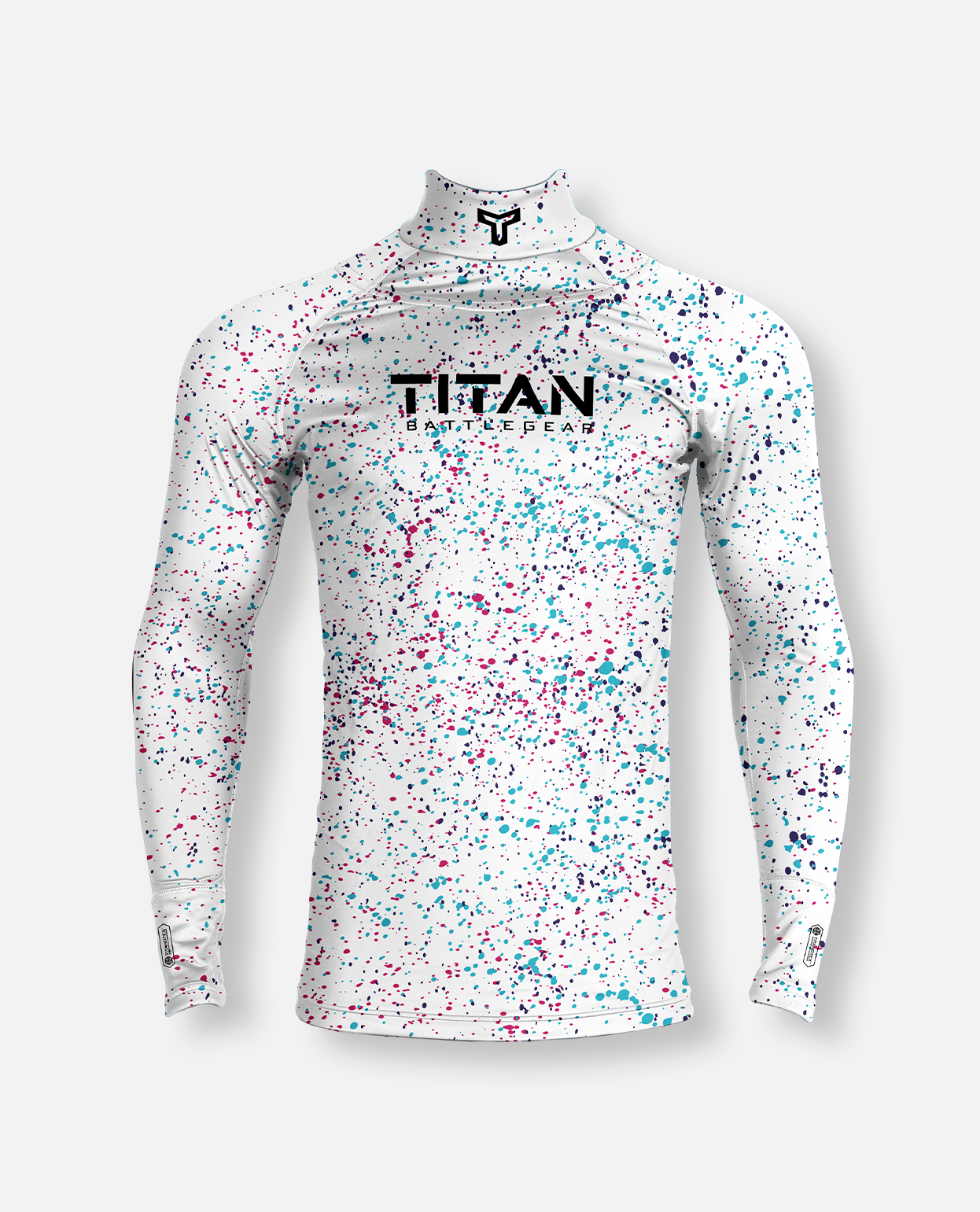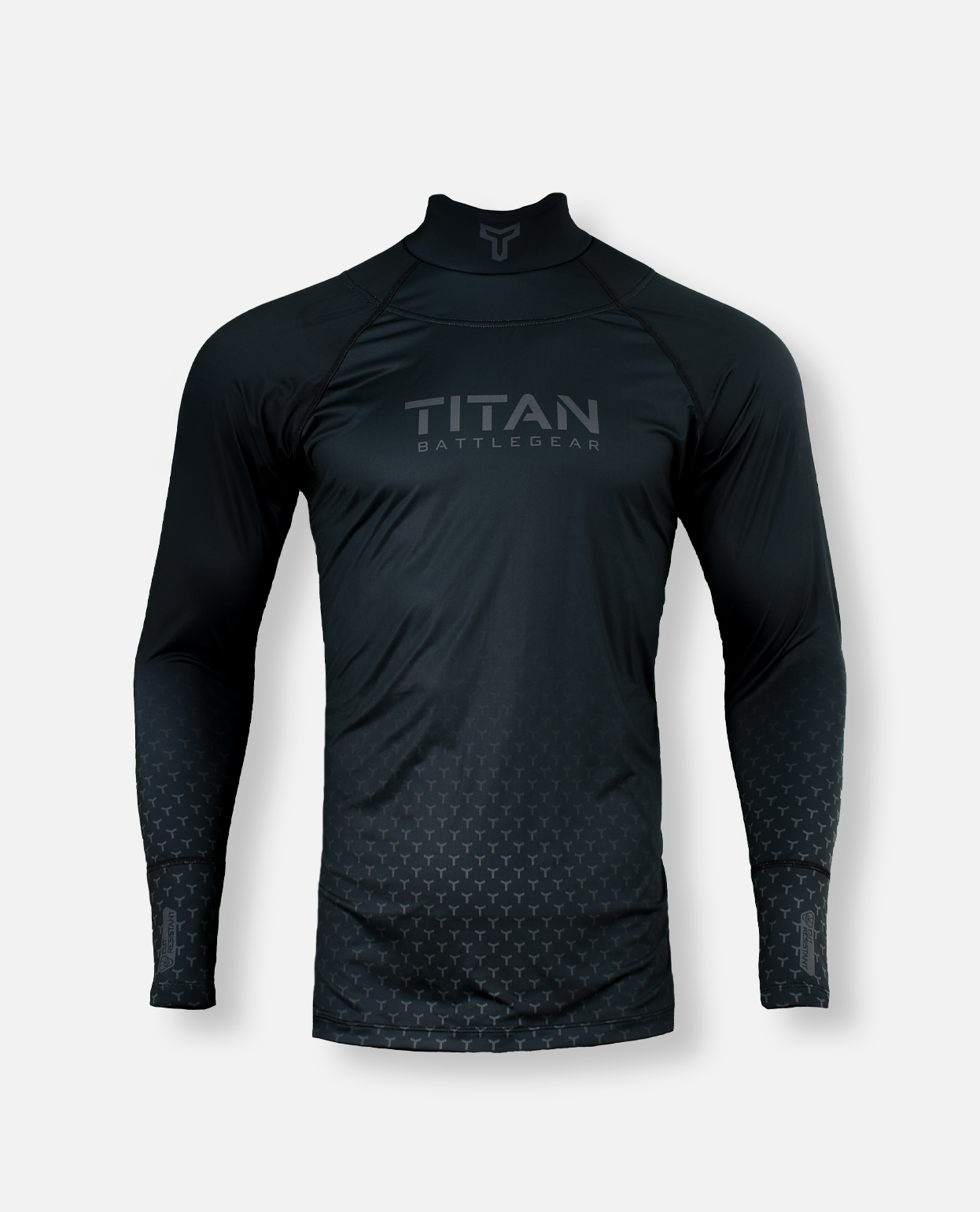If you’re serious about your child’s safety on the ice, understanding neck laceration protection standards isn’t optional - it’s essential.
Many parents assume that a BNQ-certified neck guard means the level of cut-resistance and coverage is sufficient to stop a skate blade. But here’s what most don’t realize: BNQ certification is merely a baseline, far from a guarantee of the best protection or performance.
The truth is, cut protection isn’t binary - it’s a spectrum. And when it comes to safeguarding young athletes, meeting a minimum requirement shouldn’t be the only measure considered.
BNQ: A good starting point for evaluation of safety
BNQ certification (required by Hockey Canada’s neck laceration protection mandate) sets a baseline for neck protection for players north of the US border.
But here’s what most parents don’t realize:
✅ BNQ is pass/fail: it confirms that a product meets minimum requirements but doesn’t measure how well it protects beyond that.
✅ It doesn’t measure real-world durability: a product may pass lab testing but fail after multiple uses in the harsh environment of gameplay, sweat, and laundering.
✅ It’s outdated: BNQ standards were developed when cut-resistant materials were less advanced. Today, better protection exists.
Some may argue that BNQ certification already ensures protection. But the data tells a different story: USA Hockey's own research found that 27% of players who sustained a neck laceration were already wearing a neck guard at the time. If BNQ was truly enough, those numbers would be zero.
Is Titan BNQ certified?
Titan BattleGear is a U.S.-based company, so our mandate is to pass the new HECC certification - the standard recognized by USA Hockey for the upcoming ‘25/’26 season (effective Aug 1, 2025). HECC and BNQ have announced reciprocity through 2027, which means Titan BattleGear will be valid for gameplay in both the US and Canada.
It’s been rumored that BNQ is also moving to the ISO 10256 standard used for HECC certification, therefore the BNQ certification would follow the exact same testing procedure as the new HECC certification. This should allow for products that meet the ISO 10256 standard to be stamped with both BNQ and HECC marks for clarity and confidence for the consumer.
How cut resistance actually works
Cut resistance isn’t all-or-nothing. The American National Standards Institute (ANSI) measures this spectrum from A1 (minimal protection) to A9 (maximum protection). Yet, most BNQ-certified guards only reach A2-A4 levels, far below what’s possible with today’s technology.
| ANSI Level | Protection Grade | What it really means for hockey |
|---|---|---|
| A1–A3 | Basic | May slow down a blade but unlikely to stop it at full force |
| A4–A5 | Moderate | Better protection but still vulnerable during high-speed impacts |
| A6–A7 | High | Designed to resist significant force |
| A8–A9 | Elite | Built to withstand the full impact of a skate blade |
Click here for a deeper dive on ANSI cut resistance levels.
The problem? Most BNQ-certified products top out at A2-A4, meeting the minimum cut-resistance requirement, but falling short of elite protection.
The evidence is clear: higher standards save athletes
Research from independent testing labs and real-world injuries reveal the danger of relying solely on a standard certification:
-
A 2017 study published in the National Library of Medicine tested 14 different neck guards (most, if not all with a BNQ-certification) under high-force conditions and found that 11 out of 14 failed to prevent lacerations when subjected to a 600N force at a 45-degree blade angle – a failure rate of nearly 79%. This suggests that products meeting BNQ’s baseline criteria may not hold up under actual gameplay incidents.
-
A 16-year-old AAA hockey player in Eastern Ontario suffered a skate blade cut to his neck in 2023. While his neck guard prevented a more severe injury, the incident highlights the limitations of current protective gear and the need for higher safety standards.
-
USA Hockey’s own research found that 27% of players who sustained a neck laceration were wearing a neck guard at the time of the injury. Dr. Michael Stuart, Chief Medical Officer for USA Hockey, acknowledges that while BNQ-certified guards provide a level of protection, they are not enough to fully prevent injuries. In an interview with The Athletic, Stuart stated: "Despite these horrible tragedies, this is an impetus for change and the change is going to make a big difference. The time is now to act in a variety of different ways. Yes, maybe with legislation, but it goes further than that. In order to be effective, we need to go many steps further than just saying, ‘You have to wear something.’ Let’s all work together as a hockey family to make a difference.”
-
Stuart also highlighted that many current neck guards fail to meet higher protective standards, stating that USA Hockey and other federations are "looking for improved materials and designs so that hopefully the requirement or mandate is effective and enforceable."
What truly elite protection looks like
For hockey parents serious about safety and performance, look beyond basic certifications for features that indicate superior protection:
1. Advanced cut resistance (ANSI A6+)
Elite neck protection uses materials tested to ANSI levels A6 and above, designed to resist the force of a skate blade at full speed.
2. Secure, no-gap fit
Superior protection doesn't shift or create gaps during play. Look for anatomical designs that stay in place through all movements and impacts, as well as velcro-free design that doesn’t leave it up to the child to fasten the velcro at the ideal tightness to protect critical areas of the neck.
3. Complete coverage & comfort
The most effective neck guards protect all vulnerable areas, including the carotid arteries, jugular veins, and trachea, without compromising mobility. An almost invisible level of comfort ensures the player doesn’t tamper with the protector, and even goes as far as choosing to wear the neck guard despite any league-wide mandates.
4. Advanced materials technology
Today's cutting-edge protective materials can offer dramatically higher cut resistance than what was available when BNQ standards were established.
Making the right choice for your athlete
BNQ certification plays an important role in setting minimum safety requirements, but it was never meant to be the gold standard for ultimate protection. Today, with more advanced materials available, it’s time to raise that standard.
As a parent who truly prioritizes safety, you should:
-
Look beyond the BNQ certification logo
-
Ask manufacturers specifically about their ANSI cut level
-
Choose products that use the most advanced cut-resistant materials
-
Insist on designs that maintain position during intense play
-
Prioritize protection that exceeds minimum standards, not just meets them
Some manufacturers may argue that producing higher-cut-resistance gear is expensive. But safety innovations have always faced initial resistance – from seat belts to helmets to concussion protocols. That hasn’t stopped and shouldn’t stop progress.
Reminder – helmets used to be optional in hockey. When they became mandatory, resistance was high. But now, no one questions their necessity. Neck protection is on the same trajectory: the best option isn’t “having one;” it’s having one that actually works.


